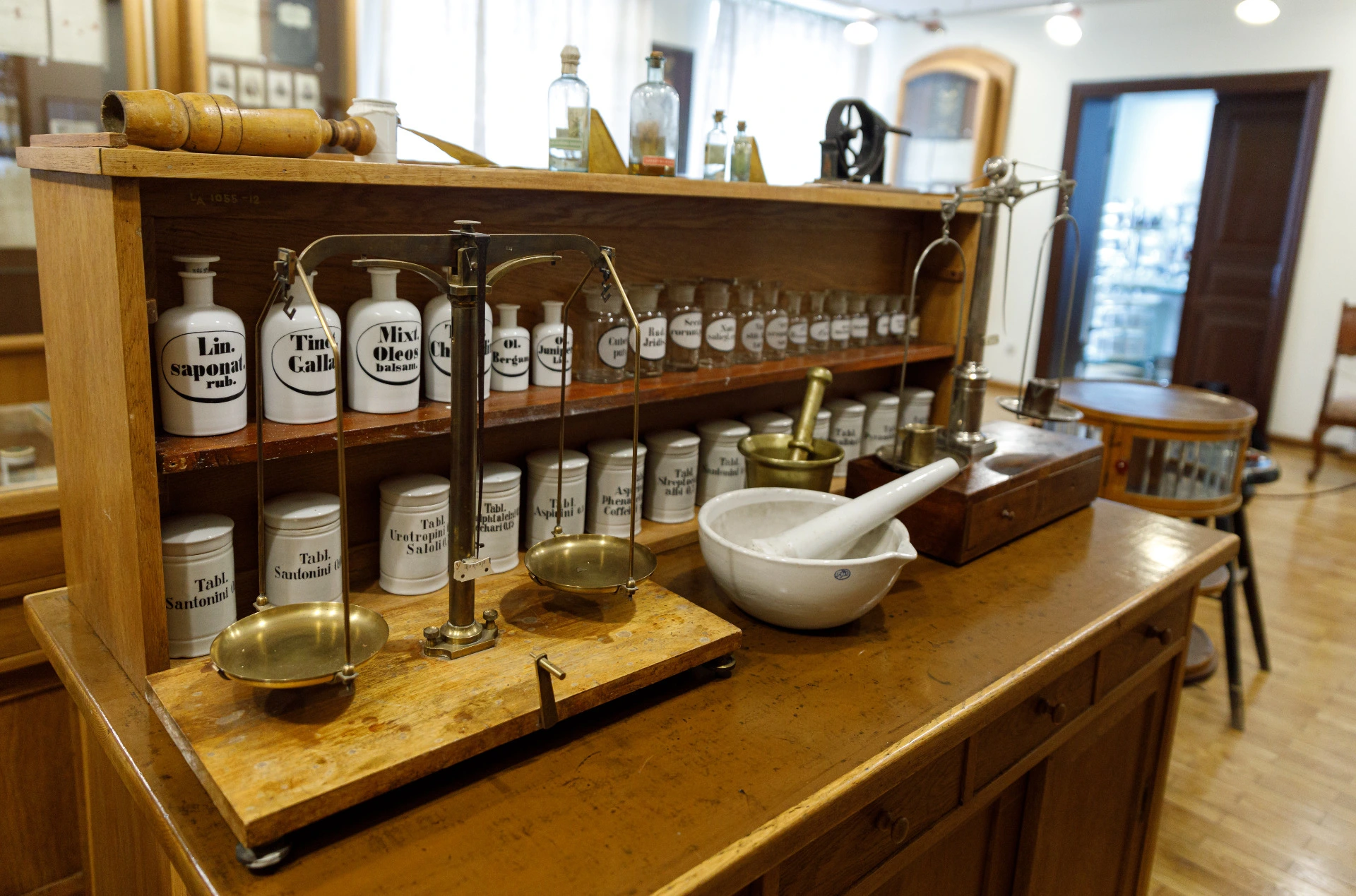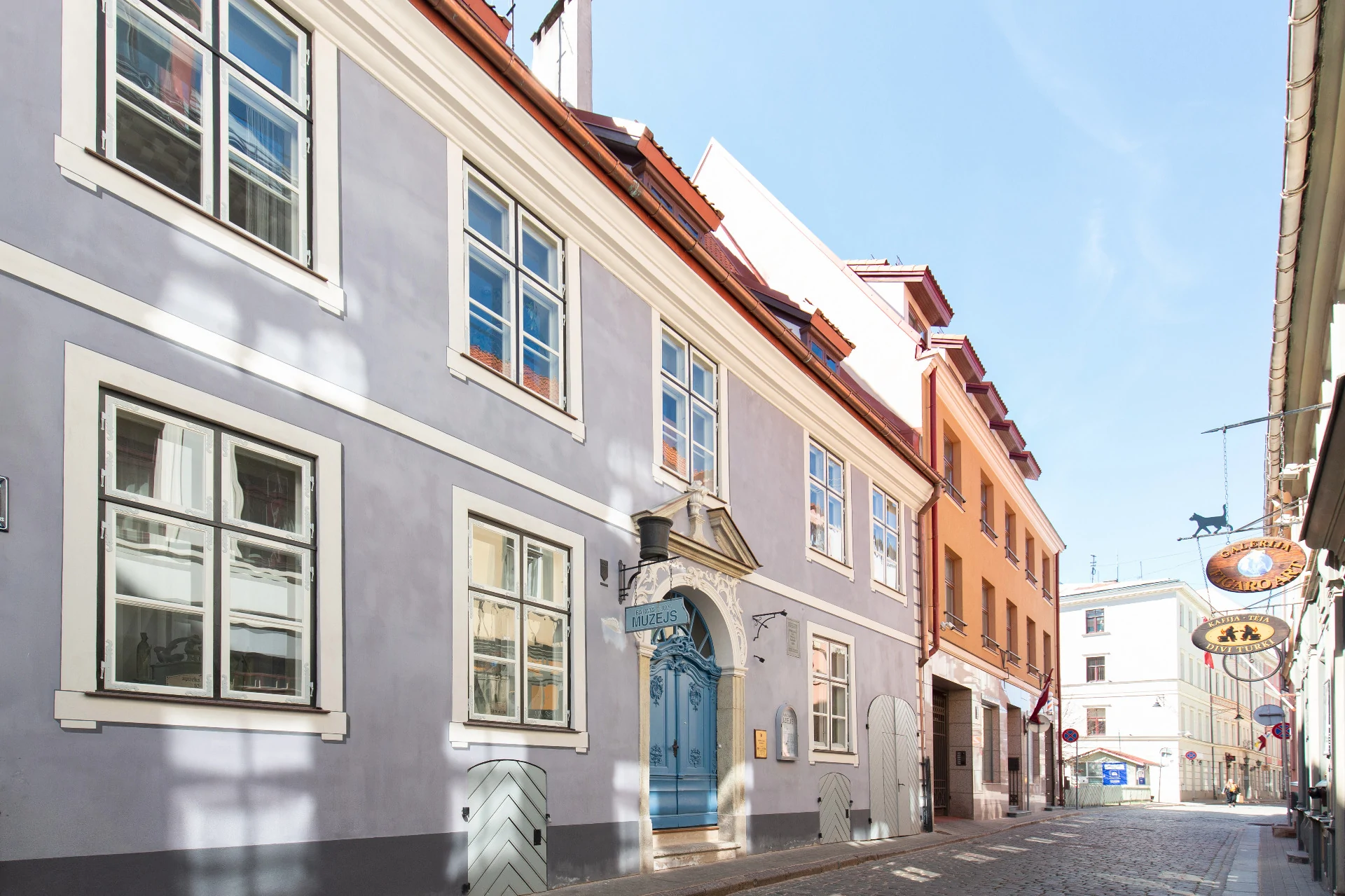Latvian Museum of Pharmacy
A hidden gem in Riga's Old Town showcasing Latvian and European pharmacy history through 17th–19th century tools, manuscripts, weighing scales, and medications. The Latvian Museum of Pharmacy, founded in 1987 in association with the Pauls Stradiņš Museum for History of Medicine, occupies a magnific...
About the Museum
Established
1987
Affiliated Institution
Pauls Stradiņš Museum of the History of Medicine
Collection Size
Hundreds of items
Notable Exhibits
- •17th–19th century pharmaceutical tools
- •Historic manuscripts
- •Traditional weighing scales
- •Vintage medications
Exhibit Focus
Visiting Information
Opening Hours
Monday closed Tuesday 10.00 - 18.00 Wednesday 10.00 - 18.00 Thursday 10.00 - 18.00 Friday 10.00 - 18.00 Saturday 10.00 - 18.00 Sunday closed
Admission Fee
€2 (adults), €0.5 (students/pensioners), Family Ticket €4
Booking
No advance booking required
Accessibility
Limited due to historic building layout
Quick Facts
Photos

Google Photos
Reviews
Reviews not available via API
While this location may have reviews on Google Maps, they're not accessible through our current API integration.
View reviews on Google MapsVisiting Information
Opening Hours
Monday closed Tuesday 10.00 - 18.00 Wednesday 10.00 - 18.00 Thursday 10.00 - 18.00 Friday 10.00 - 18.00 Saturday 10.00 - 18.00 Sunday closed
Admission Fee
€2 (adults), €0.5 (students/pensioners), Family Ticket €4
Booking
No advance booking required
Accessibility
Limited due to historic building layout
Quick Facts
Contact Information
Follow Us
Location
Loading map...
Getting There & Nearby
Transportation
Located in Riga's Old Town on Richard Wagner Street, easily accessible by public transport, walking distance from central hotels and major attractions.
Nearby Attractions
- •Riga Old Town
- •House of the Blackheads
- •Riga Cathedral
- •Town Hall Square
Browse Museums by City
Frequently Asked Questions
Find answers to common questions
